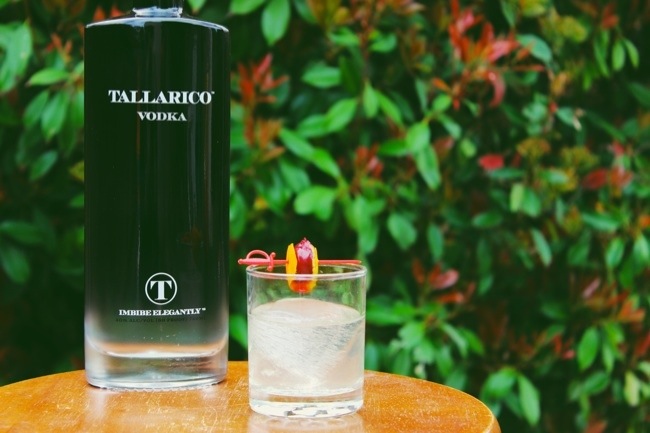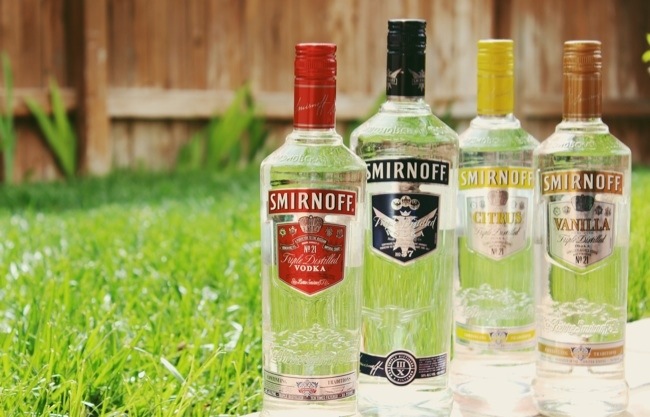
Low-calorie liquor is a big deal these days. From the multimillion dollar Skinny Girl empire down to the traditional liquor brands, it seems low-cal may be the “what’s next” after flavored vodkas. Smirnoff has introduced 3 flavors of low-calorie vodka recently to the market and dubbed it Sorbet Light.
Is it sweet? Yes. Does it taste like sorbet? Yes. Is it good? Yeah, I think so. For comparison purposes, 1 ounce of Smirnoff (the red label one) is 70 calories. An ounce of Sorbet Light is around 50 calories. So you’re looking at a 30% drop in calories overall. Each of the flavors makes for some good sweet cocktails, and I made the following drinks with Smirnoff’s recipes to try them out (pictured above).
Light Tropical Martini
- 1 1/2 oz Smirnoff Sorbet Light Mango Passion Fruit
- 1 1/2 oz coconut water
- 1 oz pineapple juice
- shake and strain into a chilled cocktail glass
Light Lemon Mojito
- add the following to an old fashioned glass:
- 1 1/2 oz Smirnoff Sorbet Light Lemon
- 3/4 oz lemon juice
- 10 mint leaves
- stir, fill the glass with crushed ice and stir more
- top with club soda
- garnish with a lemon wedge and mint sprig
Light RazPom Cosmopolitan
- 1 1/2 oz Smirnoff Sorbet Light Raspberry Pomegranate
- 2 oz cranberry juice
- 1/4 oz lime juice
- shake and strain into a chilled cocktail glass
- garnish with a lime wheel










